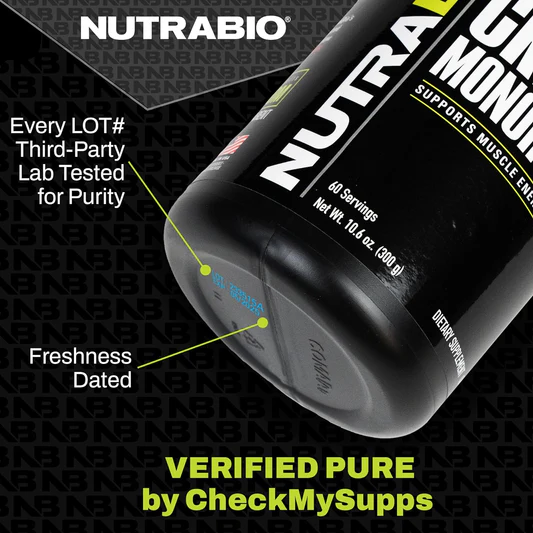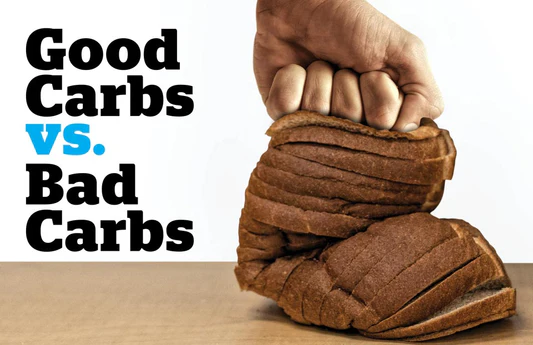Preventing an injury is always easier than treating one. Ankle injuries are extremely common in all athletes; especially runners.
Dysfunction of the foot and ankle can produce issues all the way up the lower extremity kinetic chain.
It may require some more work upfront but it will pay off in the long run. Long run, see what I did there.
As discussed in previous articles, mobility is a foundational component that many individuals are lacking. You have to be able to move well and through acceptable, normal ranges of motion before adding extra stressors such as resistance and volume to the movements.
Exhibiting good maintenance of the body with a daily routine can reduce the risk and even prevent many injuries.
Here are some simple ankle mobility exercises that can be done to:
- Maintain a proper range of motion
- Reduce soft tissue tension
- Ensure proper joint mechanics
Exercise #1: Half Kneel Dorsiflexion Mobilization with Dowel
This exercise is a self-mobilization technique for dorsiflexion range of motion. (The motion of raising the foot).
- Start in half-kneeling with the dowel next to the pinky toe of the front foot.
- Lean forward while keeping the heel down of the front foot and moving the knee to the OUTSIDE of the dowel.
- Repeat 10-15 times.
Exercise #2: Toe Touch with Half Foam Roll
This exercise involves a few things. Sometimes tightness or limited mobility can be a result of underlying tension.
Breathing is a key component in improving mobility.
By synchronizing breathing with movement, restoration of mobility can be achieved through relaxation.
With this exercise:
- Start with a half foam roll or anything you have that raises the foot up a few inches from the ground.
- Assume a split stance position.
- Keep the heel of the back foot down with the toes on the foam roller.
- Place the front foot heel on the foam roll with the toes on the floor.
- With your arms overhead, take a deep breathe IN, while bending forward, EXHALE while reaching towards the BACK foot.
- Make sure to BEND the knees while going down. Go as far down as you can, then return up to the start position.
- Do not bounce during the stretch. Make sure you move smoothly and slowly down and up. This allows your body to interpret what is happening.
- Repeat 10 times for each foot.
This exercise will also challenge the balance for a single leg stance, which adds a neuromuscular component to this exercise.
Moving slowly is important as a form of compensation is to move fast and use momentum to overshadow areas of instability.
Exercise #3: Half Kneel Dorsiflexion Mobilization with Half Foam Roll
This exercise utilizes the half foam roll again or anything that is a few inches off the floor.
- Assuming a half kneel position, rotate the front foot so the heel is down and the toes are on the foam roll.
- Position yourself so each one of your hips makes a 90-degree angle and they are perpendicular from each other.
- Starting with a deep breath IN lean forward while pressing your chest onto your thigh and keeping the heel of the front foot down.
- While reaching forward, EXHALE and HOLD for 2-3 seconds, then return to the start position.
- This exercise will also allow for mobility of the ankle, knee, hip and lower back.
- Repeat 10 times each side.
As seen in the second reaching forward picture, you can also perform this exercise by reaching to the INSIDE of the front thigh while keeping the heel down.
This variation will provide a more aggressive stretch to the inner thigh and ankle.
Exercise #4: Foam Rolling Gastrocnemius and Soleus
Foam rolling is a very common form of mobility exercise but often-misunderstood on purpose and technique.
Foam rolling is a form of soft tissue mobilization that is used as a stimulus to reduce tension in the muscles and fascia.
Let’s be clear that nothing is being “broken up”. The application of pressure sends a message to the central nervous system to reduce the tension in the area.
It is the same concept as applying pressure to a trigger point or using Graston (Instrument assisted soft tissue mobilization) to reduce spasm or soft tissue restrictions.
The proper technique should consist of a LIGHT to MODERATE pressure to the area.
If you are crying or cannot breathe while doing this, then you’re doing it wrong! That is just going to create more tension in your body.
The pressure should be applied smoothly while controlling your bodyweight through your arms and other leg.
- Roll your leg from just where your Achilles starts to blend into your calf muscle and up to just behind the knee.
- You can rotate your leg inward and outward to target other areas of the muscle.
- Repeat about 30-50 rolls depending on the level of tension.
Exercise #5: Static Stretching of the Gastrocnemius and Soleus Musculature
Static stretching is another common mobility exercise.
Generally, mobilizing the joint such as done with the first few exercises, will allow for the soft tissue to reduce its tension but sometimes doing some static stretching can really help to assist clearing out any lingering tightness.
Generally, static stretching is best AFTER activity and also done AFTER joint mobility exercises and foam rolling
To stretch the gastrocnemius:
- Assume the position of one leg forward and bent, with the back leg behind you and straight.
- Keeping the heel down of the back foot, lean forward until a pulling sensation is felt behind the leg.
- DO NOT go aggressively. Harder stretching does not yield better results.
- Hold for 30-90 seconds and repeat 3 times each leg.
- Allow the soft tissue to relax into the position by gently holding and focusing on breathing.
To stretch the soleus:
- Assume the same position but allow the knee of the back leg to bend while keeping the heel down.
- A stretch may be felt more in the Achilles and the heel with this one.
- Hold 30-90 seconds and repeat 30-90 seconds.
As with anything health-related, these are general suggestions and do not absolve you from seeking treatment from a healthcare provider if you are experiencing a true injury, pain or difficulty with movement-based activity.
These exercises are best as a preventive measure to reduce risk of foot and ankle related issues. Ensuring proper mobility is half the battle towards injury reduction.
Stability is the next part. Having a balance of both is important for longevity in a career as an athlete or limiting problems for the recreational individual.
These exercises have been derived from my won clinical practice experience as well as Functional Movement Systems, which is a series of screening tests and performance measures that use movement-based diagnostic systems.
Through the use of these tests, physical therapists can find the source of movement dysfunction, pain, and compensation through a structured, repeatable assessment.
Advanced tests through this system also allow for the analysis of individuals' and athletes’ abilities to produce power, store and reuse energy, maintain posture under load and control balance.
The FMS certifications are available for athletic trainers and physical therapists. If you want to learn more about FMS and my certifications, you can visit www.functionalmovement.com
About The Author:
Michael St. George, PT, DPT (@icore_stgeorge on Instagram) is a physical therapist who works for Excel Physical Therapy and Fitness, which is a private practice that is based around the greater Philadelphia region and suburbs. He is FMS, SFMA, Y Balance, and Motor Control Test Certified with eight years of experience in outpatient orthopedics and sports medicine. His training consists of experience working with physicians and surgeons from the Rothman Institute and therapists in his field specializing in various manual techniques and advanced treatment procedures.













